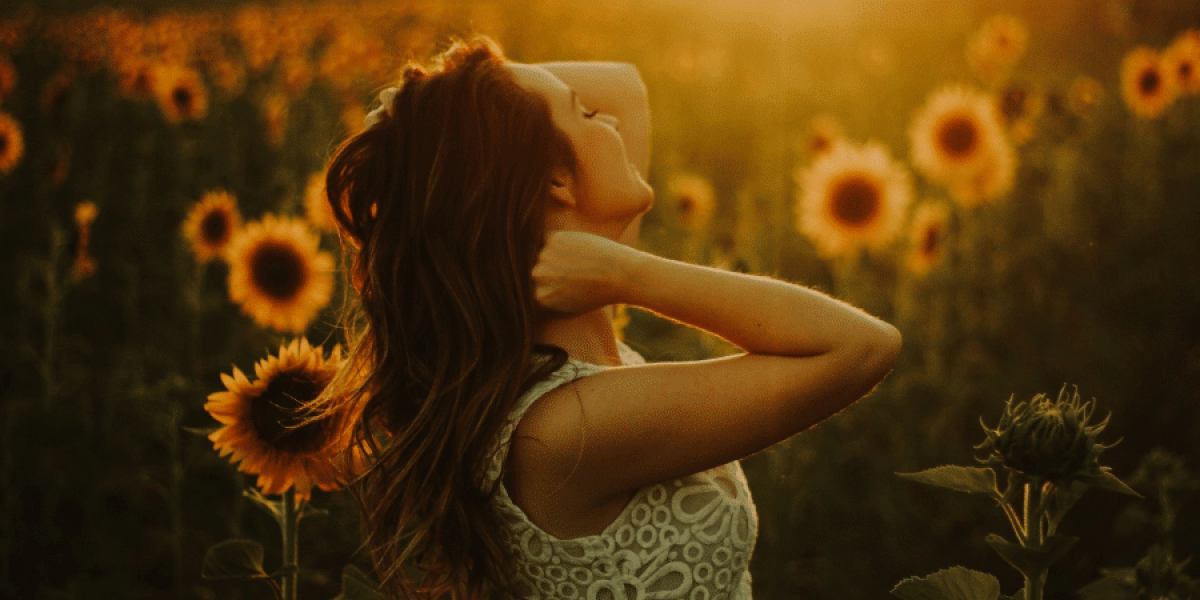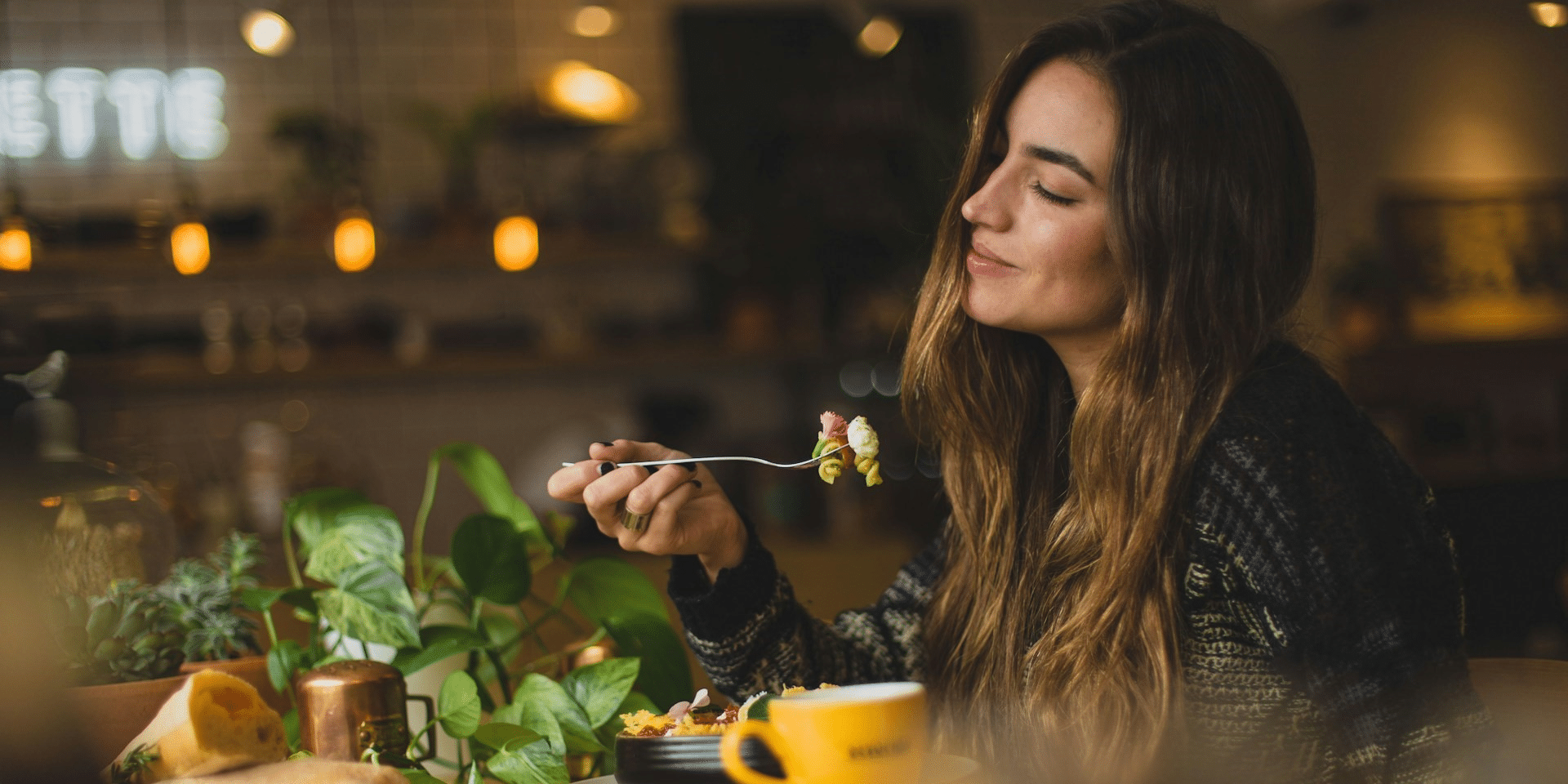Hey movie buffs, have you ever noticed how often sunflowers pop up in films? From their bright, cheerful appearance to their symbolic meaning, sunflowers play a significant role in cinema, adding depth, beauty, and emotion to some of our favorite movies. So let’s take a closer look at why sunflowers are such a beloved and iconic feature of the silver screen.
First off, let’s talk about the visual appeal of sunflowers. With their vibrant yellow petals and tall, sturdy stalks, sunflowers are a striking and instantly recognizable feature of the natural world. In film, sunflowers serve as eye-catching props and set pieces, adding pops of color and texture to scenes and creating visually stunning compositions that captivate audiences. Whether they’re swaying in the breeze in a sun-drenched field or arranged in a bouquet on a kitchen table, sunflowers have a timeless beauty that filmmakers love to capture on camera.
But sunflowers aren’t just pretty to look at – they also hold a powerful symbolic meaning that filmmakers often incorporate into their storytelling. In many cultures, sunflowers are associated with happiness, positivity, and warmth, making them the perfect symbol for themes of hope, renewal, and growth in film. Whether they’re used to represent a character’s sunny disposition, a romantic gesture, or a metaphor for personal transformation, sunflowers add layers of meaning and emotion to cinematic narratives, enriching the viewing experience for audiences.
One of the most iconic uses of sunflowers in film can be found in Vincent van Gogh’s famous painting, “Sunflowers.” This masterpiece has inspired countless filmmakers and artists over the years, who have sought to capture the beauty and symbolism of sunflowers on screen. From biopics exploring van Gogh’s life and work to dramas and romances set against the backdrop of sunflower fields, the influence of “Sunflowers” can be seen in a wide range of films, each offering its own unique interpretation of this beloved flower.
But sunflowers aren’t just relegated to the realm of art house cinema – they also make frequent appearances in mainstream Hollywood blockbusters. Whether they’re used to evoke a sense of nostalgia in a coming-of-age film, add a touch of whimsy to an animated feature, or serve as a backdrop for an epic battle scene, sunflowers have a versatility that makes them well-suited to a wide range of genres and styles. Plus, their universal appeal means that audiences of all ages and backgrounds can connect with them on a deeply emotional level.
In addition to their visual and symbolic significance, sunflowers also hold a special place in the hearts of filmmakers for their practical and logistical benefits. With their large, showy blooms and tall, sturdy stems, sunflowers make ideal props for outdoor shoots, providing a natural and picturesque backdrop that requires minimal set dressing or special effects. Plus, their abundance and availability make them a cost-effective choice for filmmakers working with tight budgets or limited resources.
But perhaps the most important reason why sunflowers are so beloved in cinema is the emotional impact they have on audiences. Whether they’re used to evoke feelings of joy, nostalgia, or melancholy, sunflowers have a universal appeal that transcends language and culture, resonating with viewers on a deeply emotional level. From romantic comedies and family dramas to action-packed thrillers and epic adventures, sunflowers have the power to uplift, inspire, and move audiences in ways that few other symbols can.
In conclusion, the significance of sunflowers in films cannot be overstated. From their visual beauty and symbolic meaning to their practical and emotional benefits, sunflowers play a vital role in shaping cinematic narratives and capturing the hearts of audiences around the world. So the next time you’re watching a movie and spot a sunflower on screen, take a moment to appreciate the artistry and symbolism behind this beloved flower – it’s more than just a pretty face, it’s a powerful symbol of hope, happiness, and the human spirit.






